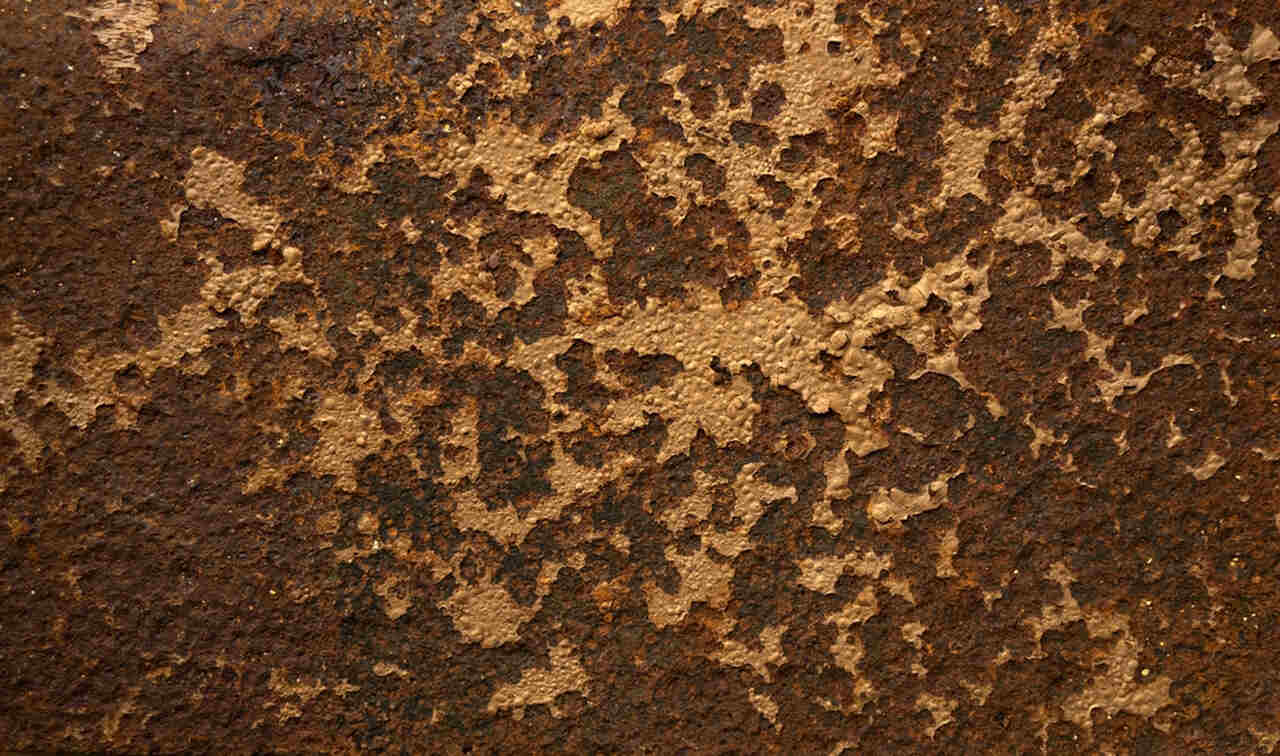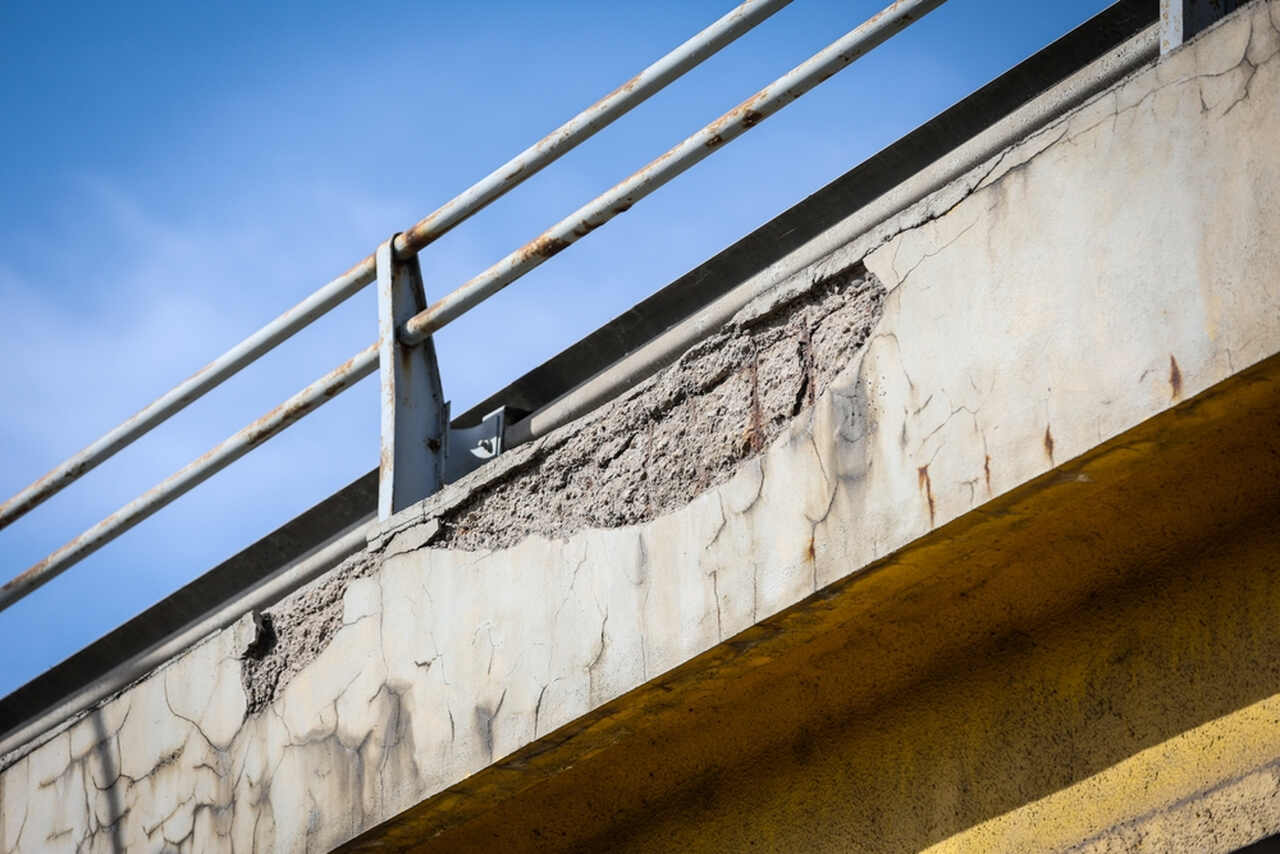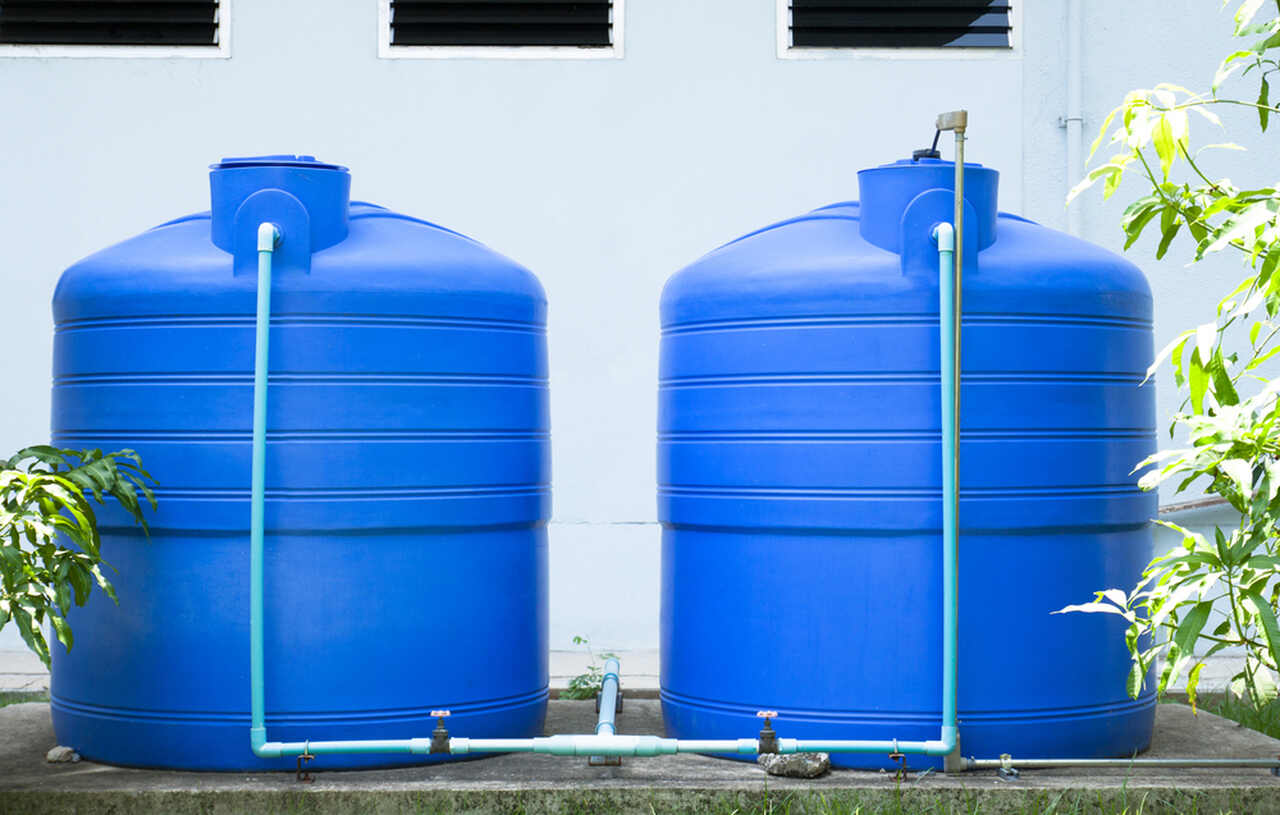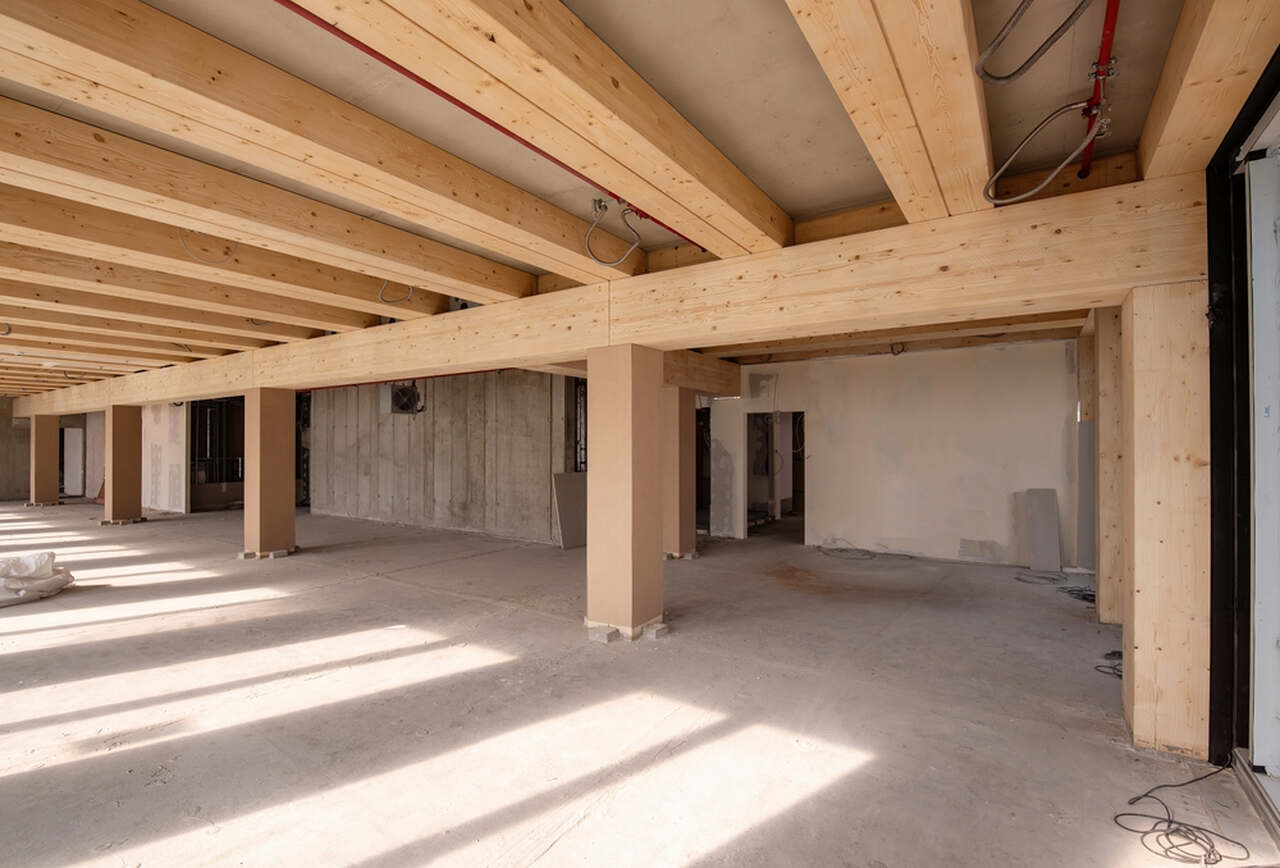
Structures are subject to wear and tear over the years. Corrosion is one of these factors. Corrosion is the deterioration and loss of function of metals due to chemical or electrochemical reactions. Steel reinforcements, especially in reinforced concrete structures, are very sensitive to corrosion. This can significantly reduce the bearing capacity and durability of structures.
In this article prepared by Baumerk, construction chemicals specialist, we will answer the question of what concrete corrosion is, how it occurs in structures and its relationship with waterproofing. We will also discuss the connection of corrosion with earthquakes.
What is Corrosion?

Corrosion is the deterioration and loss of function of metals as a result of chemical or electrochemical reactions. These reactions occur when metals interact with oxygen, water or other chemicals. Corrosion causes an oxide layer to form on the surface of the metal. This layer reduces the mechanical strength and flexibility of the metal. It can also lead to changes in the size and shape of the metal. Concrete corrosion can cause cracks, holes and even fractures in metals.
Corrosion types are categorised under two main types:
Chemical Corrosion: In this type of corrosion, the metal only reacts chemically with the surrounding environment. No electric current is generated. The most important factors causing chemical corrosion are water, oxygen and acids.
Electrochemical Corrosion: In this type of corrosion, an electric current is generated between different parts of the metal. This current causes the metal to corrode. The most important factors causing electrochemical corrosion are ungrounded electrical installations, seawater and soils containing salt water.
How Corrosion Occurs in Buildings?

Many factors cause corrosion in structures. The most important of these are as follows:
-
Water: Water is one of the most important triggers for corrosion. Moisture on the surface of the metal reacts with oxygen and causes corrosion. Especially rainwater and groundwater contribute significantly to the formation of corrosion in structures.
-
Acids Acids can corrode metals and cause corrosion. Rain acid and industrial emissions are important acid sources that cause corrosion in structures. Detergents and cleaning agents containing acids are also known to cause corrosion on metal surfaces.
-
Electric current: Electric current can cause electrochemical corrosion in metals. Especially in ungrounded structures, electric current can significantly increase the rate of corrosion. Old and uninsulated electrical installations are also an important factor leading to corrosion.
-
Concrete Cracks: Concrete cracks allow water and oxygen to penetrate through the concrete and reach the steel reinforcement. This situation causes corrosion in steel reinforcements. Concrete cracks can be caused by factors such as freeze-thaw cycles, overloading and earthquakes.
-
High Temperature: High temperatures can increase the rate of corrosion. Structures, especially in industrial plants, become more susceptible to corrosion when exposed to high temperatures.
Waterproofing and Corrosion Relationship

Waterproofing is one of the most important measures to prevent concrete corrosion by preventing water ingress into structures. Waterproofing materials prevent chemical reactions that cause corrosion by isolating concrete and steel reinforcements from water.
Proper waterproofing is one of the most important measures to prevent corrosion in buildings. Waterproofing should be applied on all building elements from foundations to roof. Proper waterproofing and periodic control of waterproofing helps to extend the life of structures and make them more resistant to earthquakes.
Waterproofing materials have different types and properties. The appropriate waterproofing material should be selected according to the type of structure, its intended use and the factors to which it is exposed. The most commonly used waterproofing materials are:
Bitumen-based waterproofing materials: Bitumen is a material known for its waterproof properties. Bitumen-based waterproofing materials can be used as rolls or as liquid.
Synthetic-based waterproofing materials: Synthetic-based waterproofing materials consist of different types such as polyurethane, epoxy and acrylic. These materials have high flexibility and chemical resistance.
Mineral-based waterproofing materials: Mineral-based waterproofing materials consist of different types such as cement-based waterproofing materials and bentonite-based waterproofing materials. These materials stand out with their compatibility with concrete and long life.
At this point, REPAMERK 325 produced by Baumerk is one of the most ideal construction chemicals to prevent concrete corrosion with its anti-corrosion and adherence structure.
REPAMERK 325 is used as a primer material in reinforcements where corrosion prevention is required and before repair mortar application. It stands out as an ideal solution with its excellent adhesion to concrete and steel, high mechanical strength, protection of reinforcement against moisture and humidity and easy application.
The application of REPAMERK 325 for anti-corrosion coating is also very simple. Approximately 5.5 - 6 litres of water is used for 25 kg of REPAMERK 325. Water and REPAMERK 325 are placed in the same container and stirred at low speed until a homogenous mixture is obtained.
The prepared mixture is applied on the iron reinforcement with a brush in at least two coats. The first coat is applied to the cleaned reinforcement with a thickness of 1 mm by brush, roller or spraying. The second coat is applied at a similar thickness approximately 3-4 hours later. Concrete surface and reinforcements are covered with repair mortar 30 minutes after the second coat application.
Relationship of Corrosion with Earthquake

Corrosion can cause damage to structures in earthquakes. Corroded steel reinforcements can significantly reduce the bearing capacity of the building during an earthquake. This may cause collapse or damage to the building.
The risk of concrete corrosion is higher in structures located in the earthquake zone. Therefore, corrosion controls should be carried out regularly and necessary precautions should be taken in these regions.
For more detailed information about the relationship between building reinforcement and earthquake, you can also take a look at our content titled How is Building Reinforcement Done? What are the Methods?

The following should be done during corrosion controls:
Visual inspection: Cracks, spalling, rusting and other damage to the reinforced concrete elements of the building should be checked.
Ultrasonic tests: The condition of steel reinforcements can be determined by ultrasonic tests.
Electrochemical potential measurements: Electrochemical potential measurements can be made to assess the corrosion risk of steel reinforcement.
Corrosion protection methods include
-
Appropriate waterproofing: Waterproofing materials suitable for the structure should be selected and applied correctly.
-
Cathodic protection: A cathodic protection system uses electric current to protect steel reinforcements from corrosion.
-
Epoxy coating: Steel reinforcements can be protected by epoxy coating.
-
Concrete repair: Cracks and spalling in reinforced concrete elements should be repaired.
In conclusion, concrete corrosion and waterproofing are two important issues that cannot be ignored in terms of the health and safety of structures. Building owners and engineers should understand the relationship between these two factors and extend the life of structures by understanding what are the appropriate corrosion protection methods. With the developing technology and material science, waterproofing and corrosion control techniques are constantly evolving and ensuring that structures remain durable for a longer period of time. Therefore, it is of great importance to assess the risk of concrete corrosion at the beginning of every building project and to determine appropriate corrosion protection methods.
You can also examine the products in Baumerk construction chemicals and repair and reinforcement systems and ensure that your building projects have the same strength as the first day in the long term!



